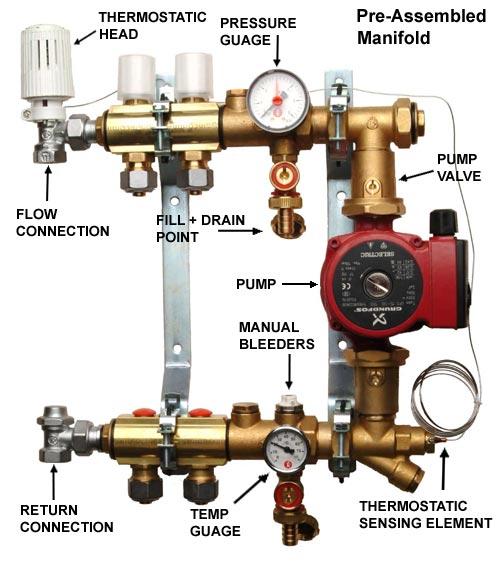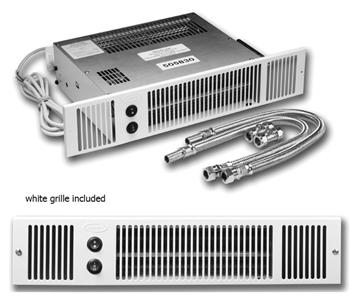Hi,
My house was built in the 1930's and was a two up two down. At some point (not sure when) the back of the house was built on to have a kitchen and a bathroom. The kitchen is really cold (you can see your breath cold!) as there is no heating source other than the electric oven! The kitchen is tiny and there isn't any space to install a radiator so I was thinking of using underfloor heating. I have a reclaimed 1920's dance floor which I am planning (hoping!!) to lay in the kitchen. The flooring is solid Canadian maple and is 2cm thick and of varying lengths. The floor is currently concrete.
There is a radiator in the bathroom which is adjacent to the kitchen.
My question is: is the Canadian maple flooring suitable for UFH and if so, electric or water?
Thanks in advance for any assistance or advice you can provide!
Best wishes
My house was built in the 1930's and was a two up two down. At some point (not sure when) the back of the house was built on to have a kitchen and a bathroom. The kitchen is really cold (you can see your breath cold!) as there is no heating source other than the electric oven! The kitchen is tiny and there isn't any space to install a radiator so I was thinking of using underfloor heating. I have a reclaimed 1920's dance floor which I am planning (hoping!!) to lay in the kitchen. The flooring is solid Canadian maple and is 2cm thick and of varying lengths. The floor is currently concrete.
There is a radiator in the bathroom which is adjacent to the kitchen.
My question is: is the Canadian maple flooring suitable for UFH and if so, electric or water?
Thanks in advance for any assistance or advice you can provide!
Best wishes



